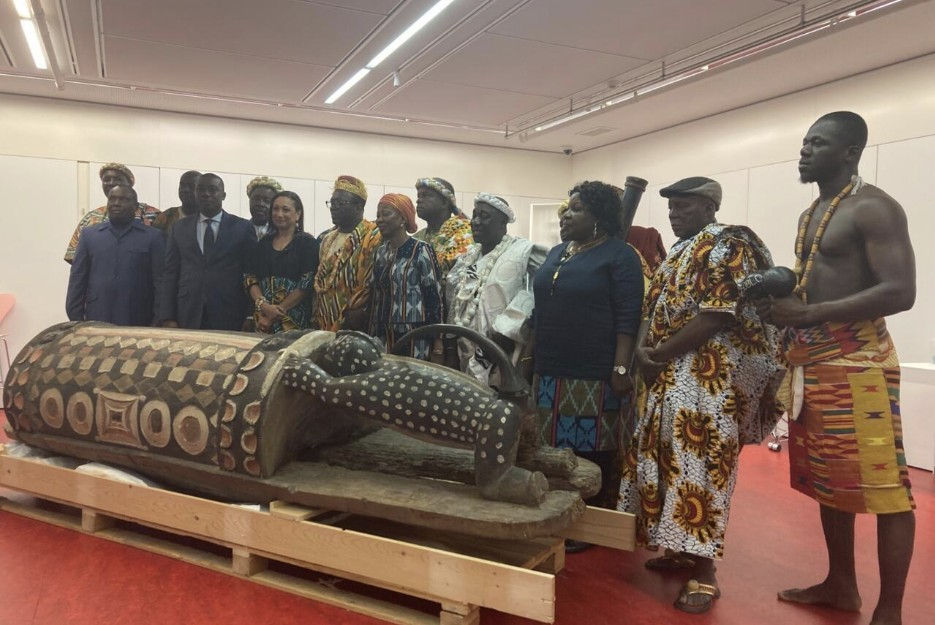Heed the Call and Heal Country
- Mythri Raveendranathan
- Jul 12, 2021
- 3 min read
‘Heal Country’. Heal the nation.
Whilst NAIDOC Week has ended for 2021, the concerns at the heart of Aboriginal and Torres Strait Islander communities are far from over. This year’s theme for NAIDOC Week called for ‘stronger measures to recognise, protect, and maintain all aspects of Aboriginal and Torres Strait Islander culture and heritage’ – a plea borne from decades of injustice served by successive governments, policies and conglomerates. It is crucial that we heed the call now: taking tangible steps to rectify the wrongs of the past instead of ignoring our shortcomings until the next designated week.
One of the biggest issues provoking the call to ‘heal country’ is the lack of protection afforded to sacred lands and sites from ‘desecration and destruction’. In the centre of it all, mining companies have gained notoriety in recent years for the destruction of sacred Aboriginal sites. Last year, mining giant Rio Tinto blasted a cave in Western Australia’s Juukan Gorge, after having received permission from the state government under archaic heritage laws. The site was over 46,000 years old. And just a few months ago, Kimberly Granite Holdings escaped prosecution for the unlawful damaging of an Aboriginal heritage site in East Kimberley under the same statute which afforded protection to Rio Tinto – the Aboriginal Heritage Act. Section 18 of the Act excludes Aboriginal parties from having a voice and leaves no room for renegotiation of consent once it is issued, even if new information comes to light. Whilst the Act is under review, the process had been paused over the past year due to the pandemic and the WA election, delaying any progress that could be made in protecting Aboriginal lands and sites.
The issue of Aboriginal and Torres Strait Islander voices is key to ‘heal country’. They are not just limited in the discussions with mining giants, but also in those surrounding natural disasters, such as bushfires.The 2020 Black Summer bushfires – one of the worst fires we have experienced – were not isolated or freak weather events. And whilst hazard reduction burns are effectively implemented by the RFS (a service already limited by funding), they can also deal great harm to the environment, being a ‘blunt instrument’ in combatting bushfires. In response to this, the practice of cultural burning – using traditional indigenous practices to manage the land with specific environments accounted for – has been gaining traction in the past year. However, there are still significant obstacles in the way of wide-scale implementation of traditional cultural burning practices within our bushfire management strategy.
‘Heal country’ becomes a distant hope if we do not actively engage Aboriginal and Torres Strait Islander voices in the management of land. As expressed on the NAIDOC website, without these practices, ‘our lands continue to burn from bushfires’ and ‘droughts will continue to destroy our livelihoods’.
‘Heal country’ is undoubtedly a process. It is an ongoing effort that recognises the unceded sovereignty of Aboriginal and Torres Strait Islander peoples over the land, and moves to empower, embrace and protect the traditional culture and heritage that they have carried for over 40,000 years. In the wake of worsening environmental and cultural crises, spread by conglomerate and coalition alike, it is key that we heed the call to ‘heal country’ and listen and include Aboriginal and Torres Strait Islander voices in discussions about their land. To heal a nation, we must heal country.





Comments